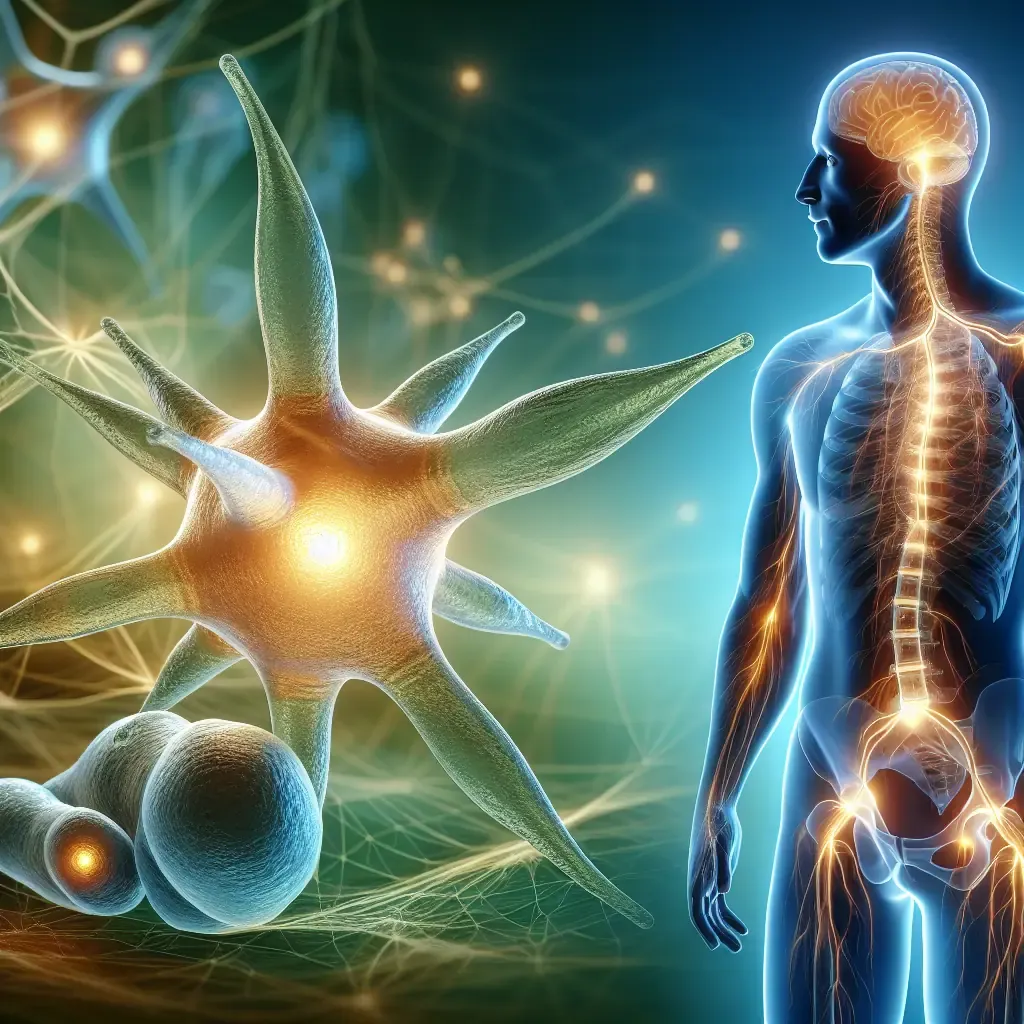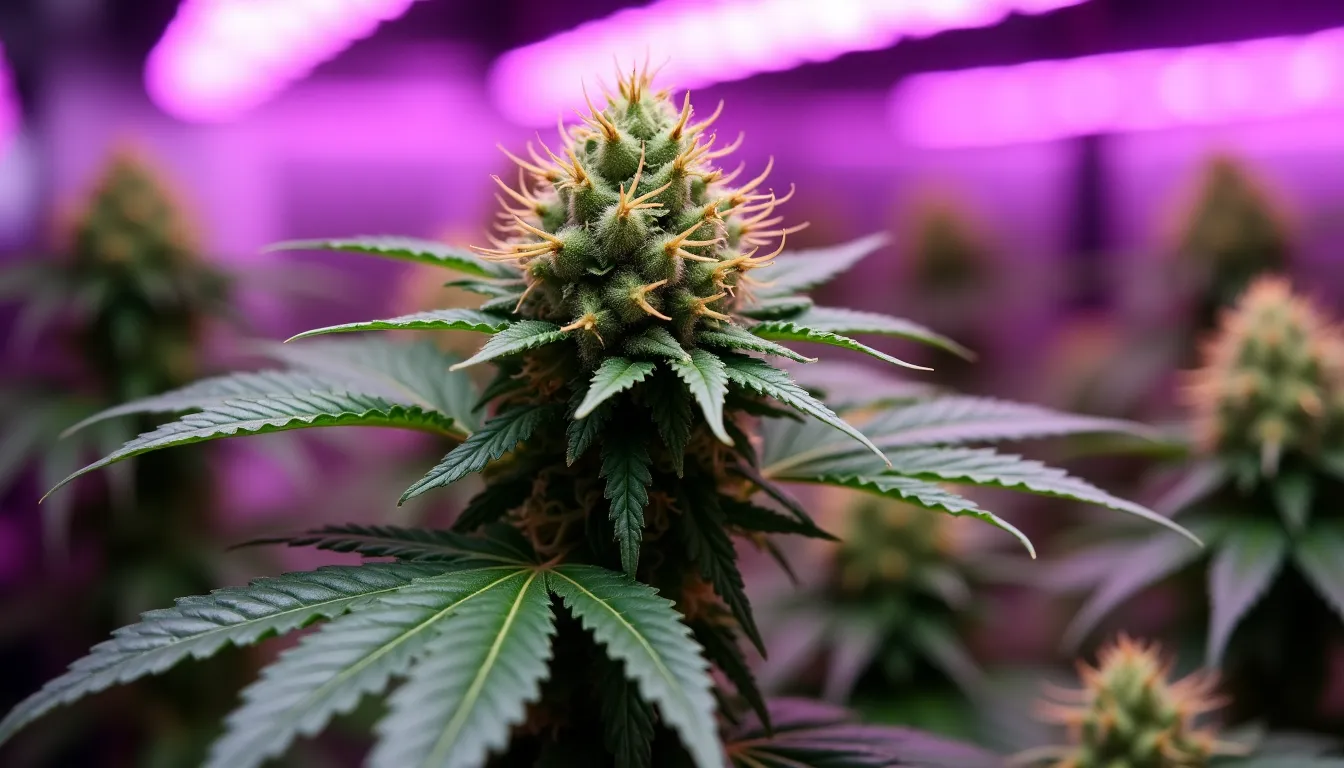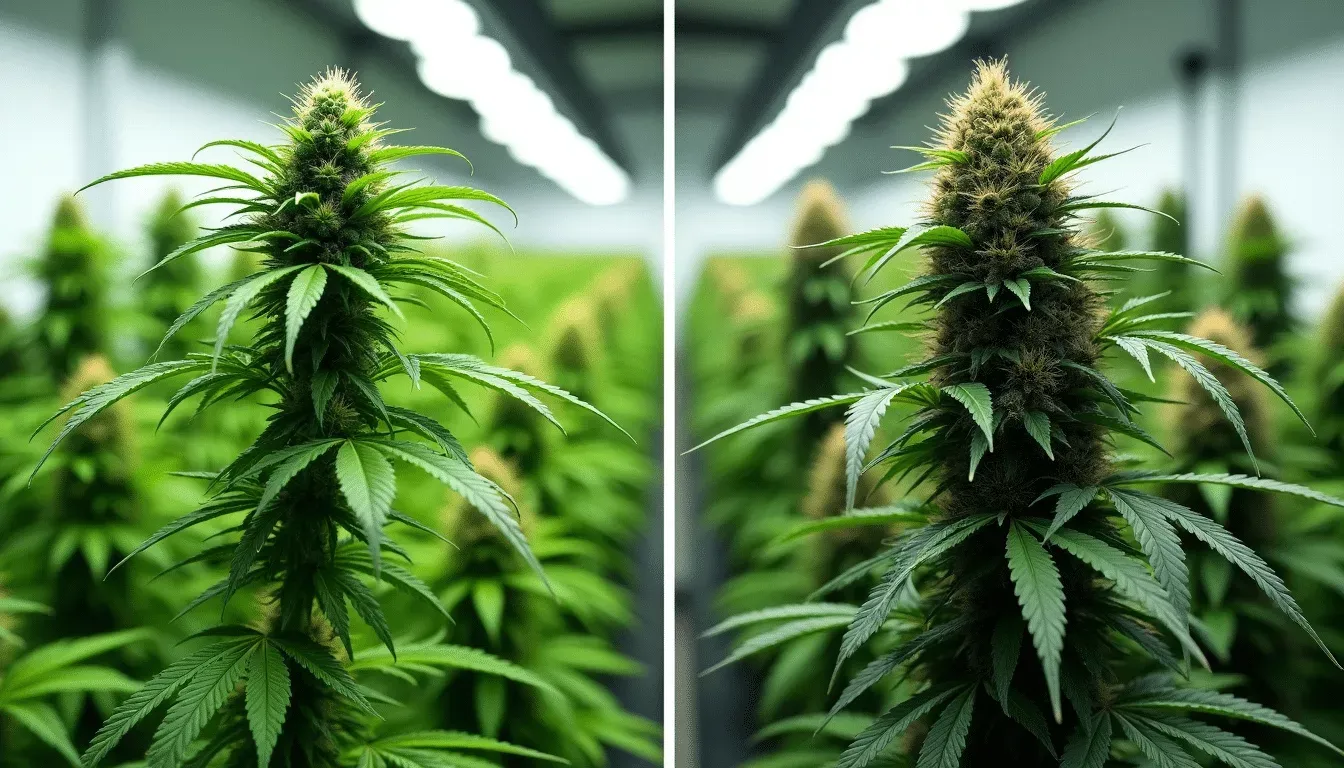CBD and the endocannabinoid system
Imagine stumbling upon a natural compound that offers relief from pain, aids in sleep, and enhances your overall well-being without the high that marijuana is famous for. This compound is cannabidiol, more commonly known as CBD, and it’s making waves in the health and wellness sector. But to truly appreciate what CBD can offer, it’s crucial to delve into the intricate system it interacts with: the endocannabinoid system (ECS). This dynamic duo of CBD and ECS is not just a trend but a scientific revolution that promises a shift in how we approach health and wellness. In this article, you’ll discover the fascinating world of the ECS, how CBD interacts with it, and how it can benefit your life.
Understanding the Endocannabinoid System
The endocannabinoid system is a complex cell-signaling system identified in the early 1990s by researchers exploring THC, a well-known cannabinoid. This system exists in all vertebrates and is involved in regulating a range of functions and processes, including sleep, mood, appetite, memory, and reproduction. The ECS is composed of three core components: endocannabinoids, receptors, and enzymes.
- Endocannabinoids, naturally produced by your body, are molecules similar to cannabinoids found in cannabis but function internally. Two key endocannabinoids include anandamide and 2-arachidonoylglyerol (2-AG), both of which help keep internal functions running smoothly.
- Receptors are of two main types determined by where they’re found in the body: CB1 receptors, located primarily in the central nervous system, and CB2 receptors, which are more common in your peripheral nervous system, especially immune cells.
- Lastly, enzymes are responsible for breaking down endocannabinoids once they’ve carried out their function. Despite its crucial role, the ECS is still relatively under-researched, making ongoing studies in this field incredibly important.
CBD’s Role and Benefits
So, where does CBD fit into this biological puzzle? Unlike THC, CBD doesn’t bind strongly to ECS receptors. Instead, it influences the system by preventing the breakdown of endocannabinoids. This, in turn, increases the levels of endocannabinoids in your system, ensuring the ECS operates efficiently.
The benefits of CBD are diverse, thanks to its interaction with the ECS. Pain relief is one of the most celebrated benefits, supported by various studies indicating that CBD might help manage pain by affecting endocannabinoid receptor activity, reducing inflammation, and interacting with neurotransmitters.
CBD is also linked to anxiety and depression relief. According to the World Health Organization, depression is a leading cause of disability worldwide, and anxiety disorders are common. Many who battle these disorders turn to pharmaceutical drugs, which can cause a host of side effects. In contrast, CBD has shown potential as a treatment for both depression and anxiety, leading many living with these disorders to become interested in this natural approach.
Moreover, CBD may benefit heart health, with research suggesting it could lower high blood pressure, which is linked to higher risks of various health conditions. Its antioxidative and stress-reducing properties contribute to reducing inflammation and cell death associated with heart diseases.
Practical Uses and Tips for Incorporating CBD
Are you intrigued by the potential benefits of CBD and interested in trying it out? Here are some practical tips and uses to get you started.
- Determine Your Goal: First, be clear about what you want to achieve by using CBD. Whether it’s for anxiety, sleep, or pain relief, having a goal helps you choose the right product and dosage.
- Start Small: If you’re new to CBD, start with a low dose and gradually increase it as needed. This will help you to see how your body responds and avoid any potential side effects.
- Choose the Right Product: The market offers a variety of CBD products, including oils, tinctures, edibles, and topicals. Oils and tinctures are generally consumed orally and are absorbed quickly, while edibles might take longer to kick in. Topicals, on the other hand, are applied directly to the skin and are great for localized pain relief.
- Consult a Professional: It’s always a good idea to discuss with a healthcare provider before starting any new supplement, especially if you’re already taking other medications.
For further reading on CBD usage and safety, check resources such as the National Institutes of Health here.
Conclusion: Embracing the Future of Wellness
The relationship between CBD and the endocannabinoid system is a groundbreaking area of study, promising new treatments and better health outcomes. As we continue to uncover the capabilities of CBD, its potential applications and benefits will likely expand. By understanding the ECS and how CBD interacts with it, you’re embracing a future of personalized wellness that caters to your unique body system.
Whether you’re considering CBD for its potential health benefits or are simply curious about the science behind this popular compound, now is the time to learn and possibly integrate it into your health regimen. Explore additional resources, engage in conversations, and start with small steps to harness the positive impact of CBD and the endocannabinoid system for your overall wellness. After all, well-being is a journey, not a destination.
FAQ: CBD and the Endocannabinoid System
What is CBD?
CBD, short for cannabidiol, is a non-psychoactive compound found in cannabis plants. It is commonly used for its potential therapeutic benefits without the “high” associated with THC.
How does CBD interact with the endocannabinoid system?
CBD interacts with the endocannabinoid system by influencing cannabinoid receptors (mainly CB1 and CB2) and altering the breakdown of endocannabinoids, helping to maintain balance in the body.
What are the potential benefits of using CBD?
CBD may help manage anxiety, pain, inflammation, and sleep disorders, though research is ongoing to fully understand its effectiveness and safety.
Is CBD legal?
The legality of CBD varies by country and region. In many areas, CBD is legal if it comes from hemp with less than 0.3% THC, but regulations can differ widely.
Can CBD cause side effects?
While generally considered safe, CBD can cause side effects in some people, such as dry mouth, diarrhea, reduced appetite, drowsiness, and fatigue. It may also interact with certain medications.
Share this content:



